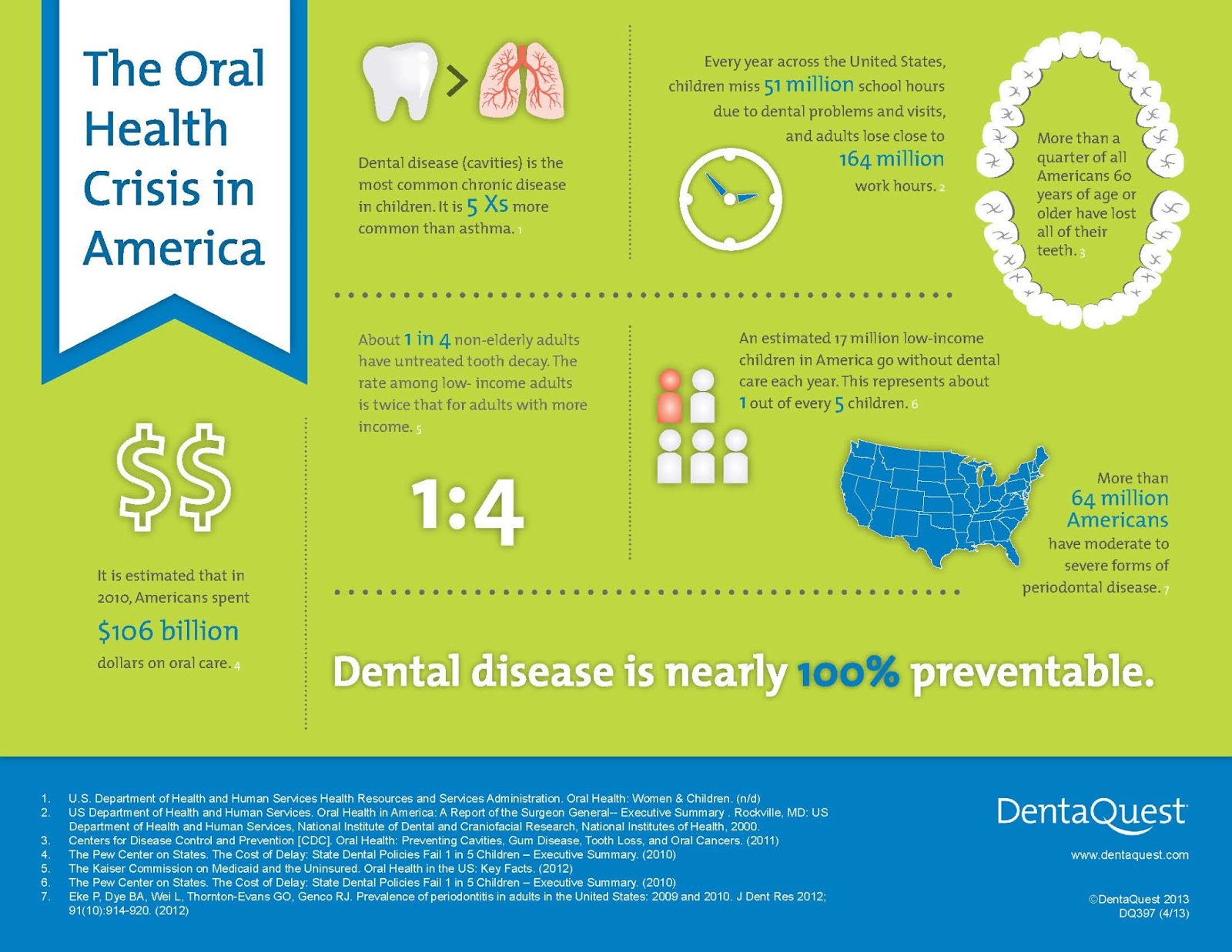An In-Depth Evaluation Of Invisalign And Conventional Dental Braces: A Comparison
An In-Depth Evaluation Of Invisalign And Conventional Dental Braces: A Comparison
Blog Article
Material Create By-Velling Trevino
When faced with the choice in between Invisalign and typical braces, you may question which choice lines up far better with your way of living and preferences. The choice involves greater than simply the aesthetic allure; it explores variables like treatment period, comfort, and lasting oral health impacts. Take into consideration the impact each choice might have on your day-to-day regimen and positive self-image. As we explore the thorough comparison, you'll acquire insights right into the nuances that make these orthodontic therapies special and uncover which one might be the better fit for you.
Products and Building
When comparing Invisalign to conventional dental braces, the materials and building and construction vary dramatically. Invisalign consists of clear, smooth plastic aligners personalized to fit your teeth. These aligners are practically invisible, making them a popular selection for those seeking a more very discreet orthodontic therapy.
On the other hand, standard braces include steel braces that are glued to your teeth. These brackets are then linked by cords and elastic band, applying stress to progressively change your teeth right into the preferred placement.
The building and construction of Invisalign aligners enables an extra comfy fit compared to typical braces. The smooth plastic material lowers inflammation to your cheeks and gum tissues, which is a common problem with metal brackets and wires. Additionally, Invisalign aligners are removable, making it less complicated to comb and floss your teeth with no blockages.
On the other hand, traditional dental braces are taken care of onto your teeth, calling for extra treatment and time for proper upkeep.
Upkeep and Oral Hygiene
The upkeep and oral health methods differ between Invisalign and traditional dental braces due to their one-of-a-kind style and construction.
With Invisalign, you can remove the aligners when eating or brushing your teeth, allowing you to keep your routine oral health regimen with no blockages. dentist bellevue washington to comb your teeth after consuming before putting the aligners back on to prevent food bits from obtaining caught and triggering degeneration.
On affordable dental near me , conventional braces require additional attention to keep your teeth tidy. Food bits can quickly get stuck in the braces and wires, resulting in plaque buildup and possible tooth decay. You'll require to use unique devices like interdental brushes or floss threaders to clean in between the wires and braces effectively.
Regular oral check-ups and cleansings are necessary to ensure that your dental health remains in top problem while wearing typical dental braces.
Presence and Aesthetic appeal
Presence and visual appeals play a substantial function in the contrast in between Invisalign and traditional dental braces. When it concerns appearance, Invisalign uses a clear advantage over standard braces. Invisalign aligners are virtually undetectable, making them a popular option for those who prefer an extra discreet orthodontic treatment choice.
Unlike the visible metal brackets and wires of standard braces, Invisalign aligners are clear and blend in with your all-natural teeth, allowing you to smile with confidence throughout your treatment.
Standard braces, on the other hand, are more conspicuous because of their metal elements. While some may choose vibrant bands to individualize their dental braces, others could feel self-conscious about the exposure of these orthodontic devices. The prominent appearance of traditional dental braces can occasionally impact a person's self-worth, particularly for grownups in expert settings.
Final thought
In conclusion, when selecting in between Invisalign and standard braces, consider your way of living and choices. Invisalign uses a discreet and comfy option with very easy maintenance, while traditional dental braces supply colorful modification but may affect self-esteem.
Ultimately, the decision needs to be based on what works best for you in regards to visual appeals, benefit, and comfort. See to it to seek advice from your orthodontist to establish the most suitable treatment for your specific needs.
